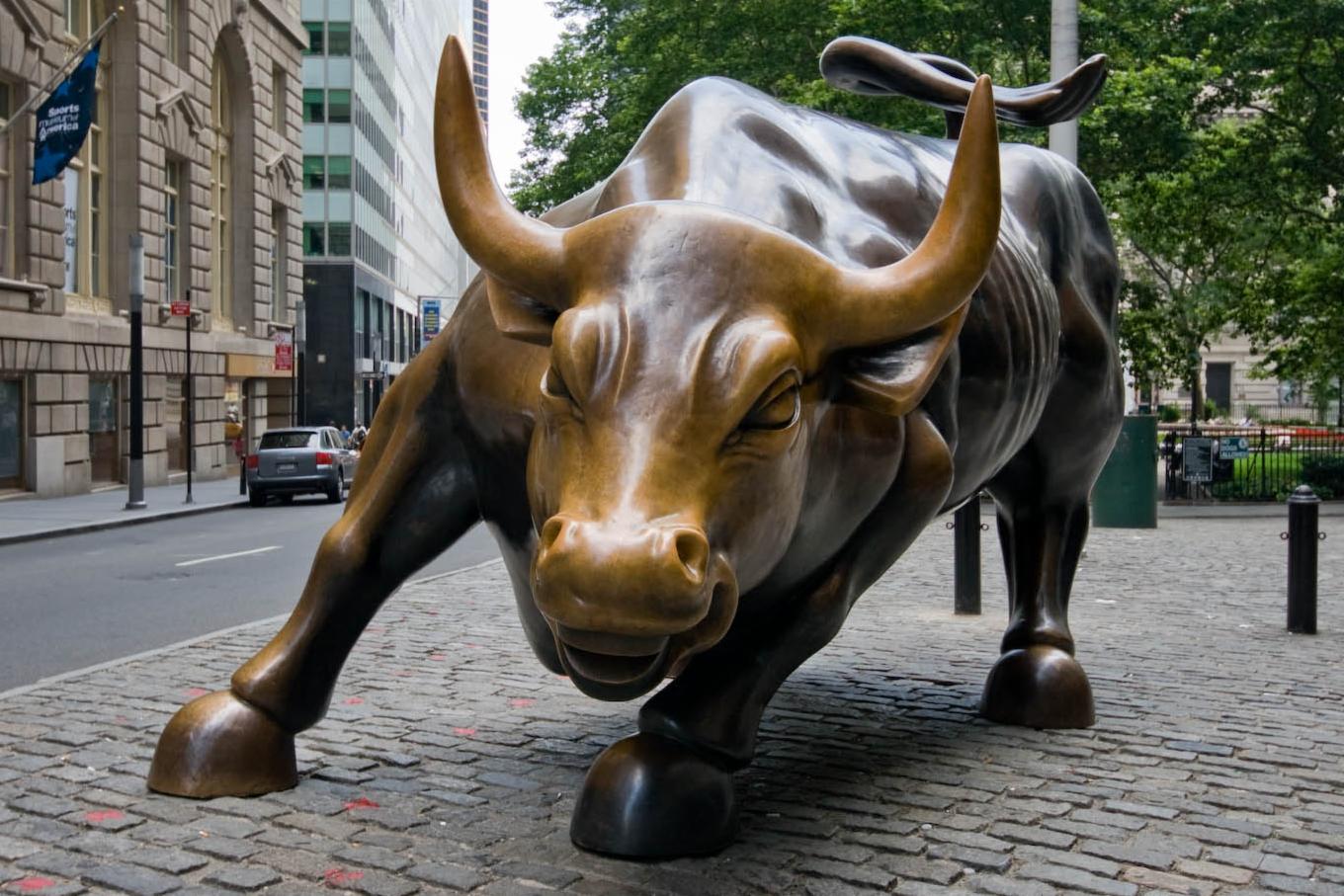
Is This Bull Timid or Ready to Charge?
On June 8th, 2023, the S&P 500 closed 20% higher than its lowest recent closing value, beginning a new bull market. This week, Craig Siminski, of CMS Retirement Income Planning, shares with us an article discussing some factors that may shed light on the current market:
According to a common definition of market cycles, the benchmark index was officially in a bull market after a bear market that began in January 2022. By this definition, the current bull market began on October 13th, 2022, the day after the bear market ended at its lowest point.
In more general terms, a bull market is an extended period of rising stock values. Bull markets tend to last longer than bear markets, and bull gains tend to be greater than bear losses. Since the end of World War II, the average bull market has lasted more than five years with a cumulative gain of 177%. By contrast, the average bear market has lasted about a year with a cumulative loss of 33%.
Although a bull market is typically a time for celebration by investors, the current bull is being met cautiously, and it is unclear whether it will keep charging or shift into retreat. While it is impossible to predict market direction, here are some factors to consider:
Still Lagging the High
One reason the new bull might not seem convincing is that (as of late June) the S&P 500 remains well below the record bull market peak in early January 2022.
Investors who hold positions in the broader market are still looking at paper losses and could face real losses if they choose to sell; a situation that may not generate the kind of widespread confidence that often drives extended rallies.
The current bull is already eight months old, and it’s unknown how much longer it might take to recover the total bear loss of about 25%, but recent history offers contrasting possibilities. The last bull market regained the pandemic bear loss of 34% in five months and went on to a cumulative gain of 114%. The long bull market that followed the Great Recession took more than four years to recover an even steeper loss of 57%. But that bull kept charging and went on to a cumulative gain of 400%.
A more pressing question is whether the recent surge could be a temporary bear market rally that quickly slips back into bear territory. This happened during the bear markets of 2000–2002 and 2007–2009. However, in 12 other “bear exits” since World War II, a gain of 20% from the most recent low was the beginning of…
To Read the Entire Article, Please Click Here.
Craig Siminski is a CERTIFIED FINANCIAL PLANNER™ professional, with more than 25 years of experience. His goal is to provide families, business owners, and their employees with assistance in building their financial freedom.

Please let Craig know that the Green Bay News Network Sent You!

